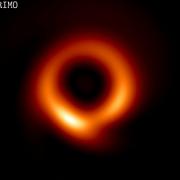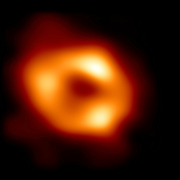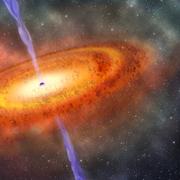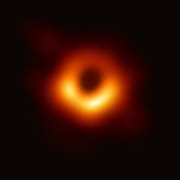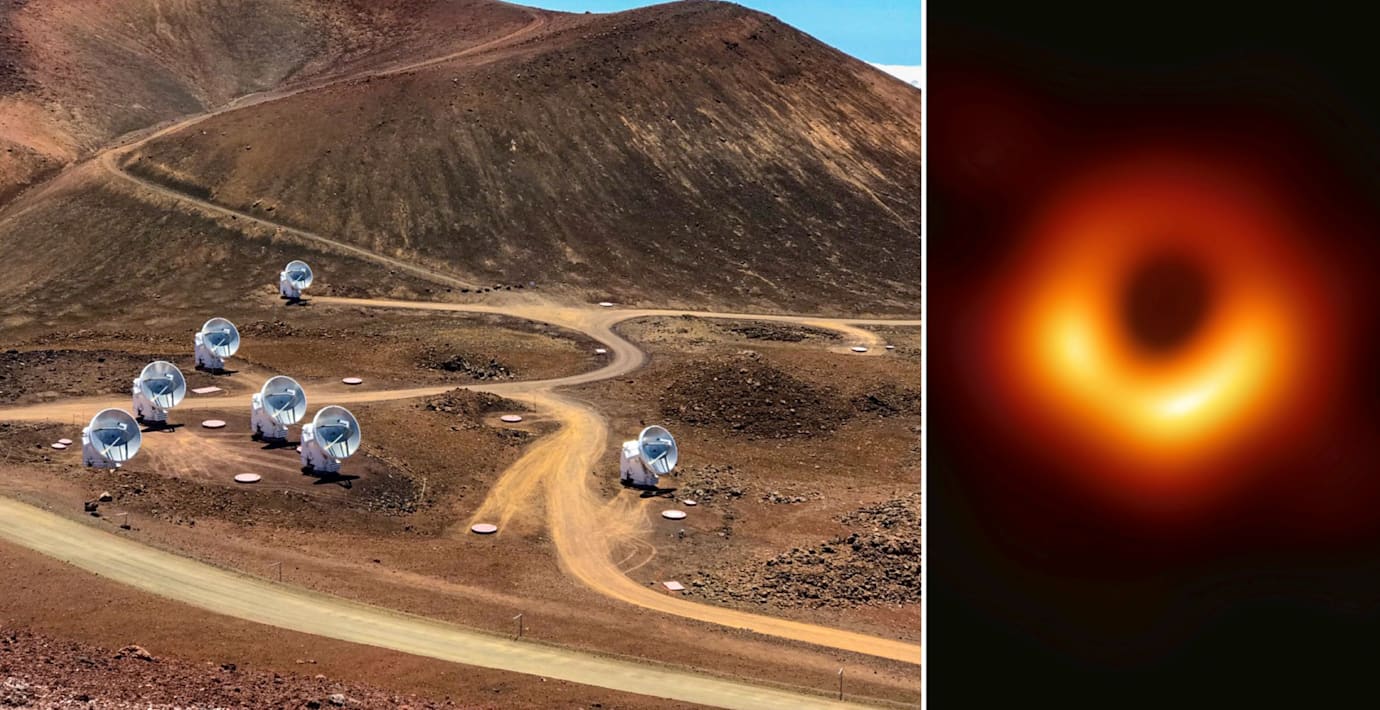
Forskare: Så togs första bilden av ett svart hål
Genom att koppla samman åtta teleskop som är 10 000 kilometer ifrån varandra lyckades 200 forskare på tio år åstadkomma något som ingen annan någonsin gjort: Fotografera ett svart hål.
I en dokumentär i Vetenskapens värld berättar forskarna bakom Event Horizon-teleskopet hur det gick till.
– Det motsvarar att försöka ta en bild från jorden av en golfboll på månen. En svart golfboll, sa Ulf Danielsson, professor i teoretisk fysik på Uppsala universitet inför att bilden offentliggjordes, till SVT.
För att ta bilden krävs att det är molnfritt vid alla teleskop samt att de var exakt rätt kalibrerade samtidigt. Dessutom krävdes att teleskopen hade fem stjärnklara nätter i rad.
bakgrund
Event Horizon-teleskopet
Wikipedia (en)
The Event Horizon Telescope (EHT) is a large telescope array consisting of a global network of radio telescopes. The EHT project combines data from several very-long-baseline interferometry (VLBI) stations around Earth with angular resolution sufficient to observe objects the size of a supermassive black hole's event horizon. The project's observational targets include the two black holes with the largest angular diameter as observed from Earth: the black hole at the center of the supergiant elliptical galaxy Messier 87 (M87), and Sagittarius A* (Sgr A*), at the center of the Milky Way.The Event Horizon Telescope project is an international collaboration launched in 2009 after a long period of theoretical and technical developments. On the theory side, work on the photon orbit and first simulations of what a black hole would look like progressed to predictions of VLBI imaging for the Galactic Center black hole, Sgr A*. Technical advances in radio observing moved from the first detection of Sgr A*, through VLBI at progressively shorter wavelengths, ultimately leading to detection of horizon scale structure in both Sgr A* and M87. The collaboration now comprises over 200 members, 60 institutions, working over 20 countries and regions.The first image of a black hole, at the center of galaxy Messier 87, was published by the EHT Collaboration on April 10, 2019, in a series of six scientific publications. The array made this observation at a wavelength of 1.3 mm and with a theoretical diffraction-limited resolution of 25 microarcseconds. Future plans involve improving the array's resolution by adding new telescopes and by taking shorter-wavelength observations.
Omni är politiskt obundna och oberoende. Vi strävar efter att ge fler perspektiv på nyheterna. Har du frågor eller synpunkter kring vår rapportering? Kontakta redaktionen
